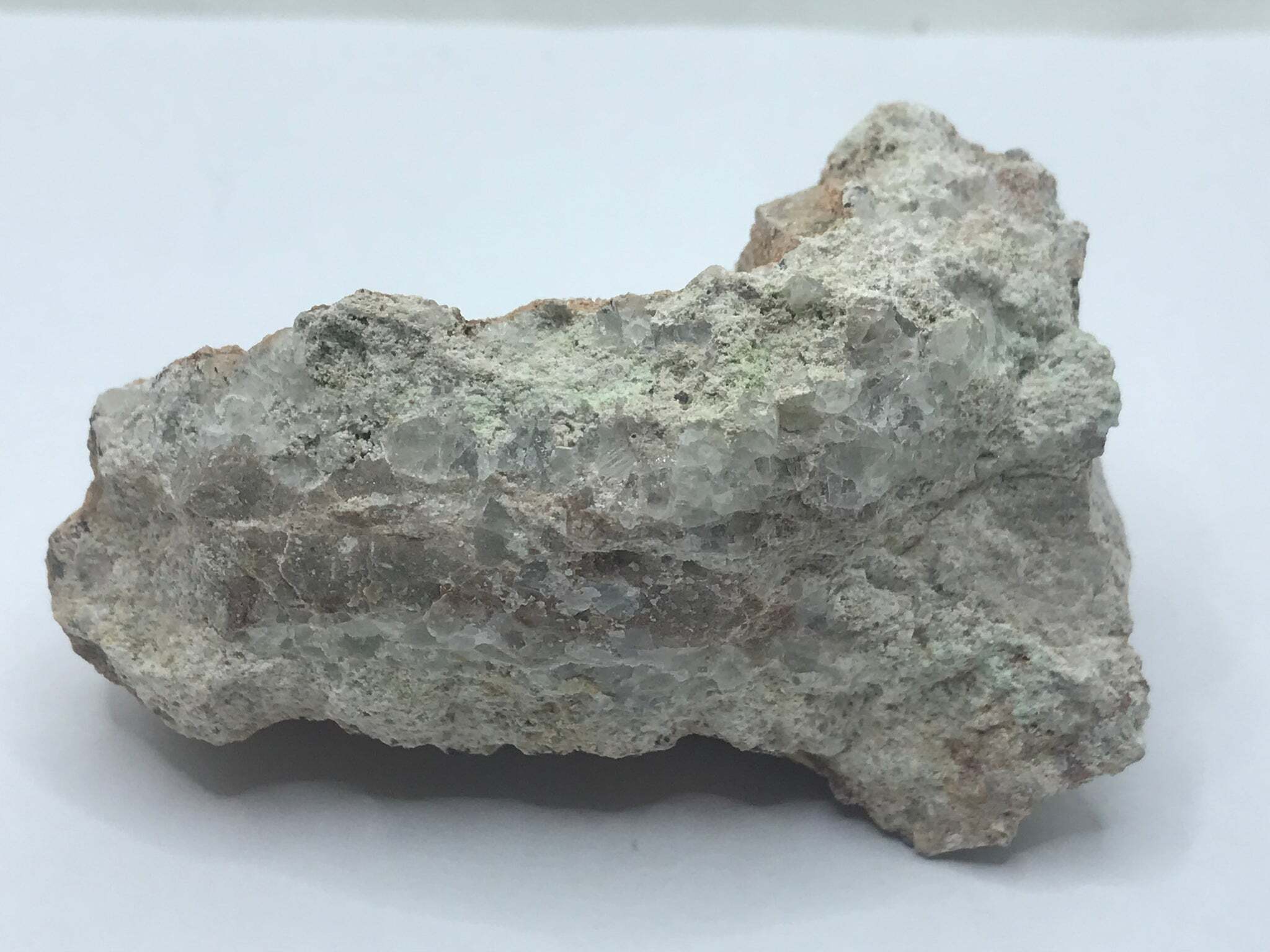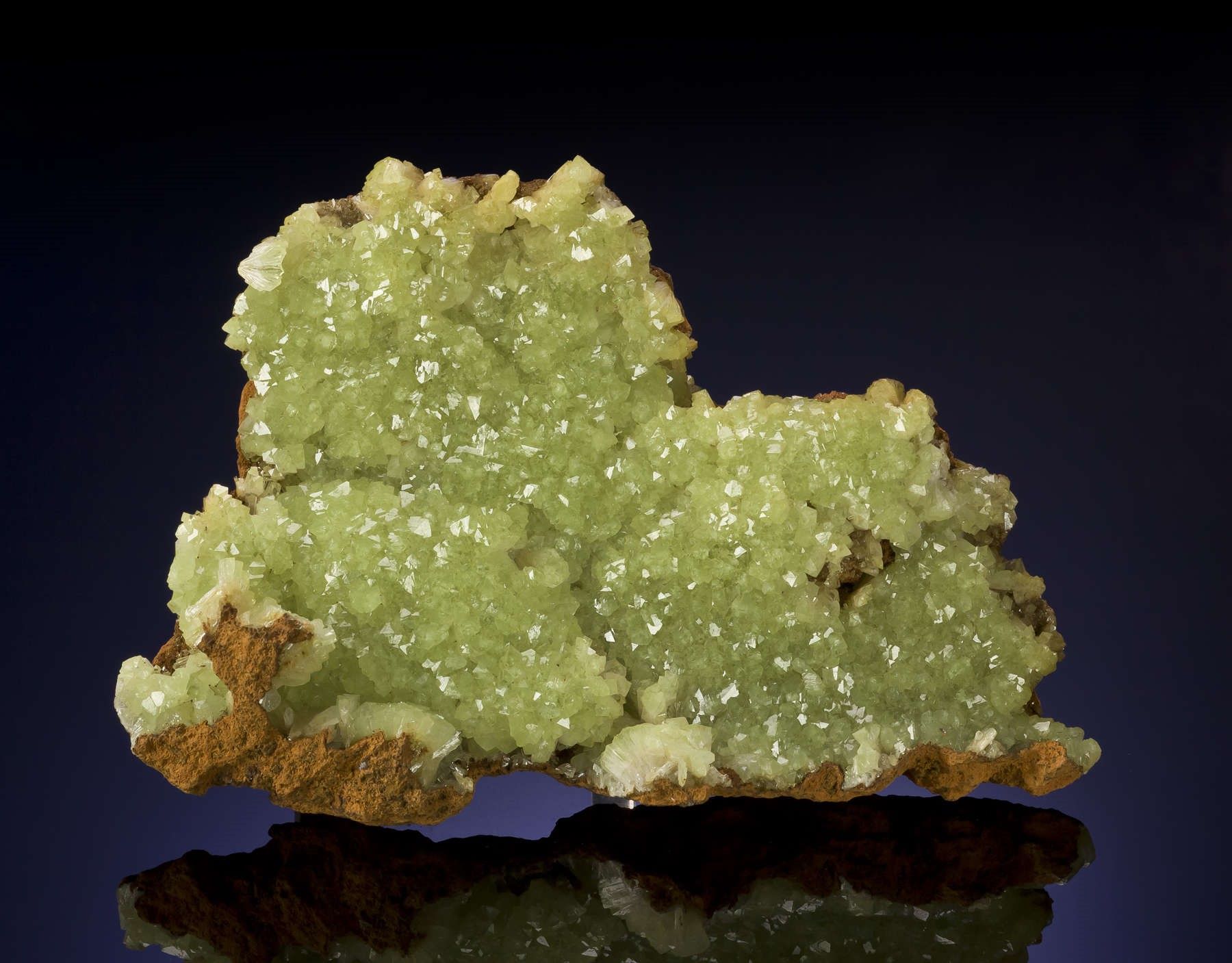
Alamosite is a rare mineral that captures the curiosity of geologists and collectors alike. Found primarily in Mexico, this mineral boasts a unique composition and striking appearance. But what exactly makes Alamosite so special? For starters, it’s composed of lead silicate, giving it a distinct crystalline structure. Its color ranges from colorless to white, sometimes with a hint of yellow or green. Alamosite forms in oxidized zones of lead deposits, making it a fascinating subject for mineral enthusiasts. Want to know more? Here are 15 intriguing facts about Alamosite that will deepen your appreciation for this captivating mineral.
What is Alamosite?
Alamosite is a rare mineral that has captured the interest of geologists and mineral enthusiasts alike. Found in specific locations around the world, this mineral has unique properties and a fascinating history.
-
Alamosite is a lead silicate mineral with the chemical formula PbSiO3. It contains lead, silicon, and oxygen.
-
This mineral was first discovered in the Alamos mining district in Sonora, Mexico, which is how it got its name.
-
Alamosite typically forms in oxidized zones of lead ore deposits, often associated with other lead minerals.
Physical Properties of Alamosite
Understanding the physical properties of alamosite can help identify it in the field. These characteristics make it distinct from other minerals.
-
Alamosite crystals are usually colorless or white, but they can sometimes appear pale yellow or green due to impurities.
-
The mineral has a vitreous to pearly luster, giving it a shiny appearance when light reflects off its surface.
-
Alamosite has a Mohs hardness of 4.5 to 5, making it relatively soft compared to other minerals.
-
It exhibits a monoclinic crystal system, meaning its crystal structure is shaped like a skewed rectangle.
Where Can You Find Alamosite?
Alamosite is not found everywhere. Its occurrence is limited to specific geological environments.
-
Besides Mexico, alamosite has been found in the United States, specifically in Arizona and New Mexico.
-
It is also present in some European countries, including Italy and Germany, where lead ore deposits are common.
-
Alamosite is often found in association with other minerals like cerussite, anglesite, and galena.
Uses and Applications of Alamosite
While not widely used in commercial applications, alamosite has some niche uses and is of interest to collectors.
-
Due to its rarity, alamosite is primarily collected by mineral enthusiasts and displayed in museums.
-
It is sometimes studied in academic settings to understand the formation and alteration of lead minerals.
-
Alamosite can also be used as an indicator mineral in mining exploration to locate lead ore deposits.
Interesting Facts About Alamosite
There are some lesser-known but fascinating aspects of alamosite that make it even more intriguing.
-
Alamosite can sometimes fluoresce under ultraviolet light, emitting a faint glow that adds to its allure.
-
The mineral's name honors the Alamos mining district, which has a rich history of silver and lead mining dating back to the 17th century.
Alamosite: A Hidden Gem
Alamosite, a rare mineral, offers a fascinating glimpse into Earth's geological wonders. Found primarily in Mexico, this lead silicate mineral boasts a unique crystal structure and striking appearance. Its rarity makes it a prized specimen for collectors and geologists alike.
Understanding alamosite's properties helps us appreciate its role in the broader context of mineralogy. Its formation process, involving hydrothermal activity, adds another layer of intrigue. While not widely known, alamosite's distinct characteristics and limited availability make it a true hidden gem.
For those interested in expanding their mineral collection or diving deeper into Earth's geological secrets, alamosite presents an exciting opportunity. Its unique attributes and scarcity ensure it remains a topic of interest for years to come. So next time you come across this rare mineral, take a moment to marvel at its beauty and the story it tells about our planet's history.
Was this page helpful?
Our commitment to delivering trustworthy and engaging content is at the heart of what we do. Each fact on our site is contributed by real users like you, bringing a wealth of diverse insights and information. To ensure the highest standards of accuracy and reliability, our dedicated editors meticulously review each submission. This process guarantees that the facts we share are not only fascinating but also credible. Trust in our commitment to quality and authenticity as you explore and learn with us.


